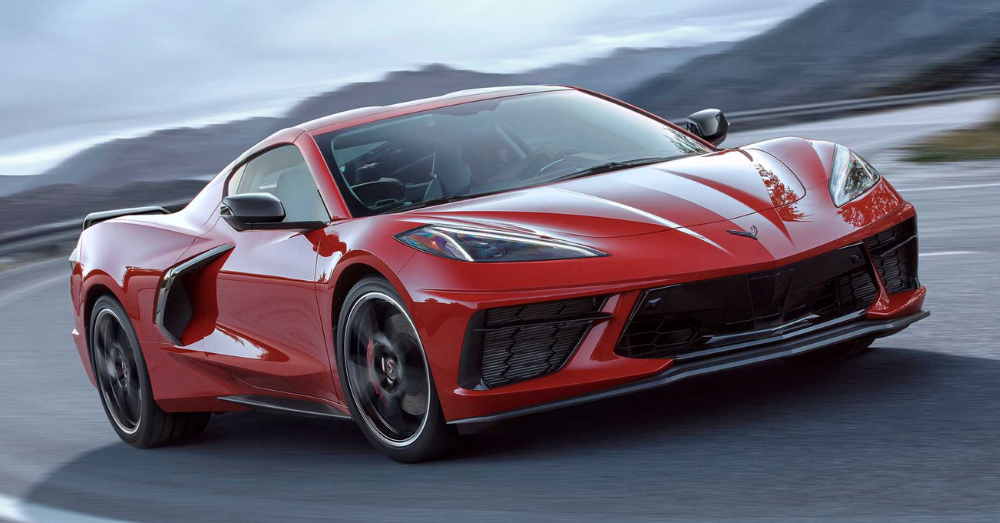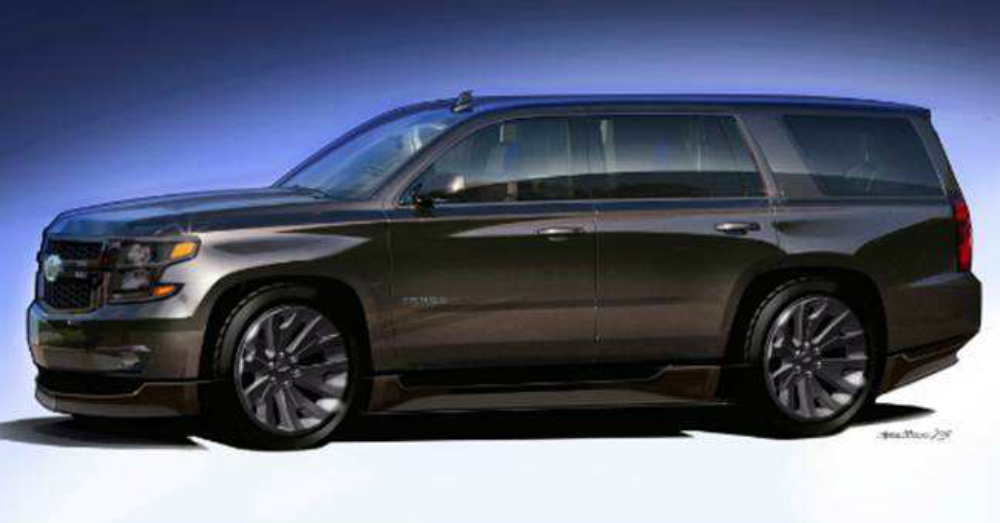
Inspiring the Creation of the Mid-Engine Corvette
The Chevrolet Corvette has never been built with the engine behind the driver, but it’s about to be for the 2020 Chevrolet Corvette C8 model that we will see soon. It might surprise you to find out that the idea of adding the engine behind the seats began as early as 1957 when John Fitch couldn’t take the heat of the exhaust pipes that were snaking their way from the front to the rear of the Corvette Super Sport he drove at the 12-hour Sebring Grand Prix. From then on, Zora Arkus-Duntov wanted to build the Corvette with the mid-engine layout.
Cars that Inspired this New Model
1960 CERV I
This is a single-seat Chevrolet Experimental Research Vehicle that Arkus-Duntov built to test his theories. This car offered a 353 horsepower aluminum block V8 engine that drove the rear wheels. This car served as the test model for the C2 Corvette’s independent rear suspension and it was able to make it around the Milford proving grounds at 206 mph.
1964 CERV II
This was the next CERV model built and it was a monocoque chassis that was able to carry the 6.2-liter V8 engine that offered power to all four wheels by using two compact transaxles. This car was able to make its way to sixty mph in less than three seconds and reach a top speed of 214 mph. That’s extremely fast for 1964 and showed that Zora was on to something special.
1968 Astro II
After Ford was able to stun the world with the GT40 road racer, GM had to have an answer. This concept car made its way to the New York Auto Show to be that answer. This car offered an impressive big-block V8 engine and 390 horsepower for the drive which was attached to a Pontiac Tempest two-speed automatic transaxle for the drive.
1970 XP-882 Corvette Prototype
Here was a car that was another model built to defuse Ford with the De Tomaso Pantera as the target this time. This car showed up at the 1970 New York Auto Show and had parts from an Oldsmobile Toronado transaxle driving the rear wheels to give us a look at what could be a mid-engine Corvette, but it was never put to production.
1972 XP-895
With this model, the move toward a lighter build began and with the help of Reynolds Metal, the aluminum XP-895 was able to weigh 500 pounds less than another model that used a steel body. This could have been the future and the mid-engine Corvette but it was deemed too expensive to put into production at the time.
1973 Two Rotor
Here was a model that showed that GM was experimenting with a rotary engine in the Chevrolet Corvette body. This car showed up in Frankfort with a modified Porsche 914 chassis, a 180-horsepower two-rotor Wankel engine, and a GM-designed body to show off what the mid-engine Corvette could have been during this decade.
1973 Four Rotor
Not done with the rotary engines, this Corvette was offered in Paris with two Wankel engines working together and placed just ahead of the rear wheels. Unfortunately, the rotary program died shortly after and a small-block V8 was attached to this car which would then become called the Aerovette.
1986 Indy
Here was another example of a concept or experimental car that offered the drive in the rear for the power desired. This car showed a twin-turbocharged V8 engine, 4WD, an active suspension, and four-wheel steering to be something impressive in 1986. This car was renamed the CERV III and was updated in 1990 with a larger engine and lighter body.
2002 Cadillac Cien
The 100th Anniversary of the Cadillac name was celebrated with this car. The look was razor sharp and this two-seater offered a massive 7.5-liter V12 engine that made 750 horsepower while being attached to a six-speed automatic transmission. The carbon-composite body kept the weight down to 3350 pounds in an excellent car.
2006-2008 C7 Engineering Proposal
A mid-engine Corvette was closer to production in the previous generation than most of us know. This car was one that was proposed with a short front, a long rear, and the engine behind the seats. The recession of 2009 caused the plan to die for the time being. Thankfully, it’s not dead and we will finally have a mid-engine Corvette for the 2020 model year.
This post may contain affiliate links. Meaning a commission is given should you decide to make a purchase through these links, at no cost to you. All products shown are researched and tested to give an accurate review for you.



